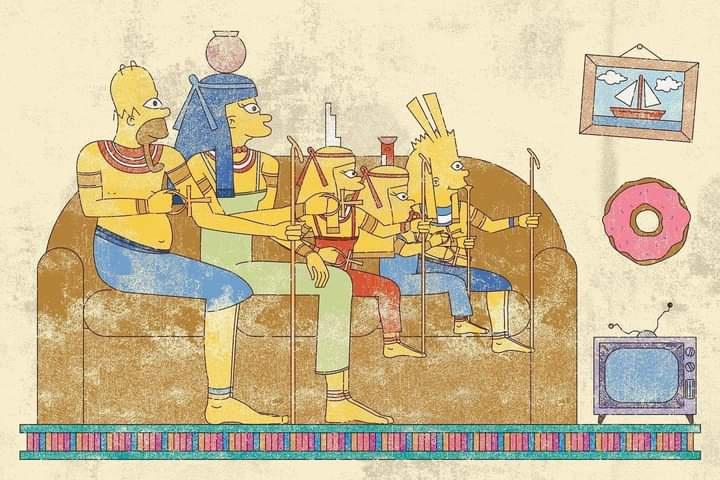Akshually, hieroglyphic writing have components that allow you to determine the pronunciation of symbols.
Emojis do not (unless they are tagged with meanings in the metadata to allow for searching, but these are typically not visible). They are more like Chinese characters in which the meaning is encoded but pronunciation is not.
